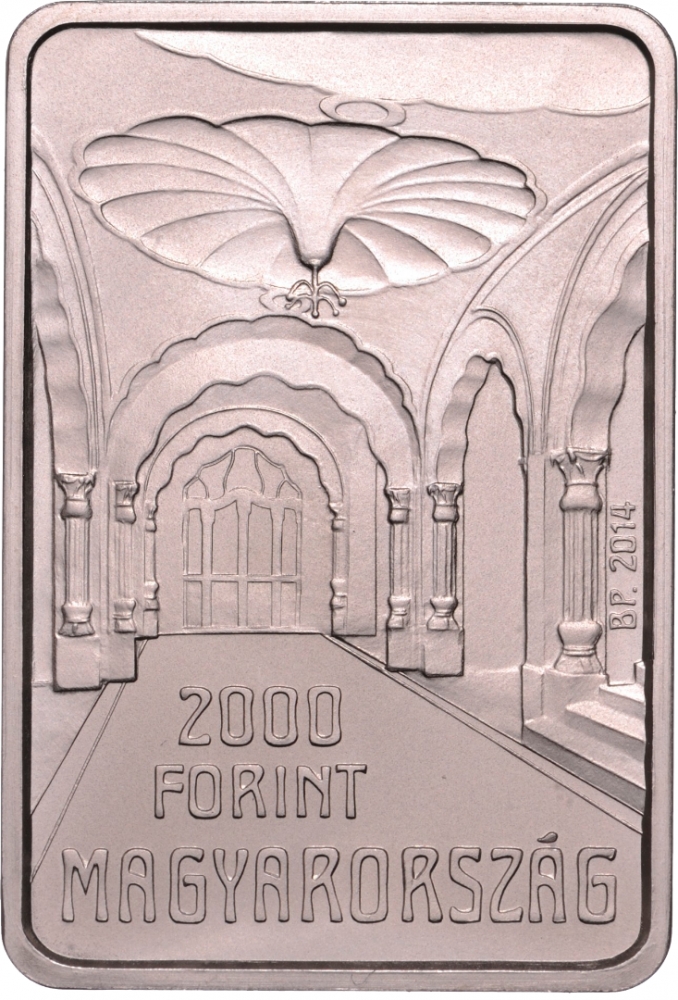You are about to finish your registration. Please check your mailbox (including spam folder). There should be a letter with a confirmation link. Check setting to make sure that your e-mail address is correct.
Send letter againDescription
Ödön Lechner (1845–1914) was a distinguished Hungarian architect credited with pioneering the Hungarian Secession style, which flourished in Central Europe during the late 19th and early 20th centuries. Hailing from Pest, Hungary, Lechner honed his architectural skills in Vienna and Budapest before commencing his illustrious career.
Lechner's architectural vision was a fusion of traditional Hungarian and Eastern motifs with contemporary materials and methods. Drawing from Hungarian folk art, Islamic architecture, and Far Eastern decorative elements, he crafted a distinctive and vibrant aesthetic. His designs often featured vibrant glazed ceramic tiles, intricate brickwork, and elaborate metalwork, adorning both the exteriors and interiors of his buildings.
Among Lechner's most renowned creations is the Museum of Applied Arts (Iparművészeti Múzeum) in Budapest, completed in 1896. This Secessionist masterpiece showcases Lechner's innovative use of ceramics and his mastery of geometric forms, with Zsolnay tiles embellishing the dome and facade, creating a captivating visual allure.
Other notable works by Lechner include the Geological Institute and the Postal Savings Bank (Postatakarékpénztár), both situated in Budapest. Throughout his career, Lechner was a prominent figure in the Hungarian architectural scene, advocating strongly for the incorporation of national motifs in architectural design. He believed architecture should mirror the cultural identity of its people, striving to create structures that celebrated Hungary's rich artistic heritage.
Engraver: Mihály Fritz
Obverse

|
Depicts a half-length portrait of Ödön Lechner, seated in an armchair, with the Museum of Applied Arts in the background. The inscription "LECHNER ÖDÖN" is seen along the top edge, while below it, on the right side, the years of his birth and death, "1845" and "1914," are presented in two horizontal rows. Positioned above the armchair, on the right edge, is the engraver's privy mark. LECHNER ÖDÖN |
|---|---|
Reverse

|
Depicts the forecourt of the Hungarian Geological and Geophysical Institute. Positioned along the bottom edge is the inscription "HUNGARY," while above it, to the left, the denomination and the word "FORINT" are visible in two horizontal rows. Alongside the right edge, integrated into the staircase, are the mintmark "BP" and the year of issue "2014." BP. 2014 |
| Edge |
2000 Forint
KM# 863 Adamo# EM285
Characteristics
| Type | Commemorative Issue (Non-circulating) |
| Material | Copper Nickel |
| Weight | 27 g |
| Diameter | - |
| Width | 39.6 mm |
| Height | 26.4 mm |
| Thickness | 3 mm |
| Shape |
|
| Alignment | Medal |
| Mint |
Budapest Mint (BP)
|



